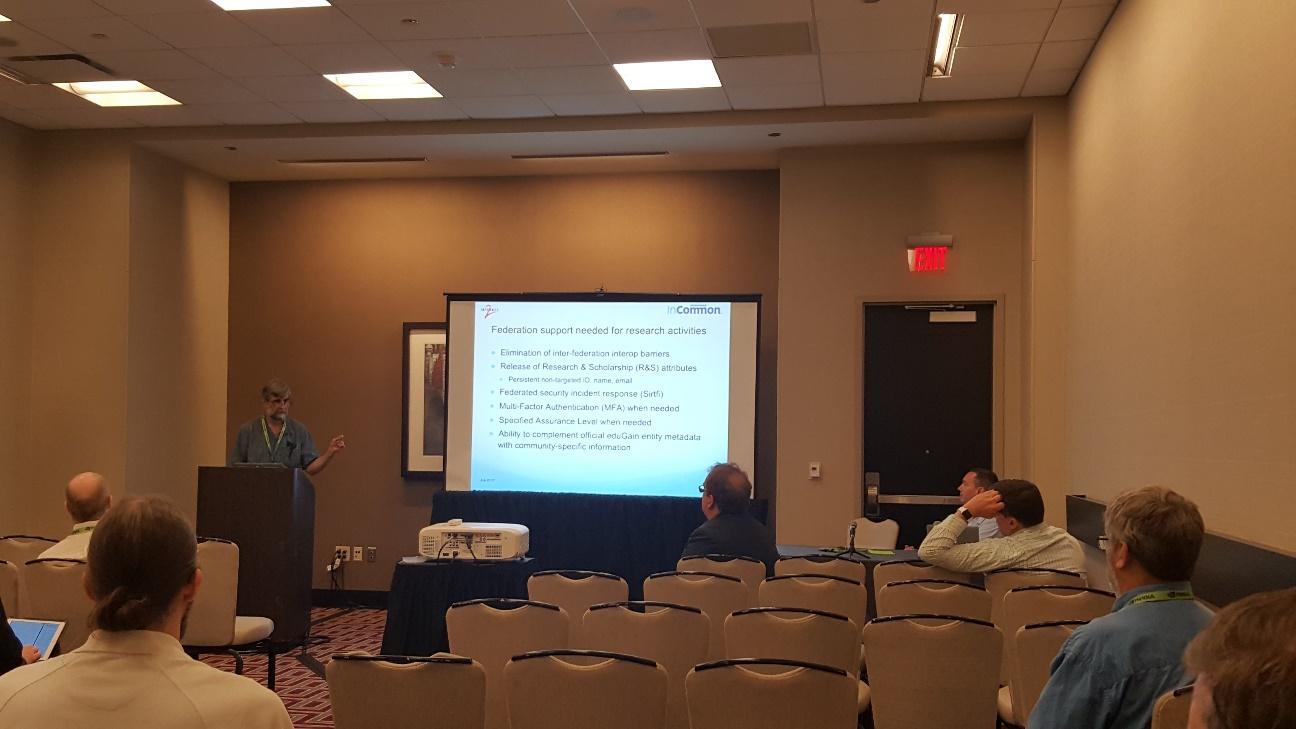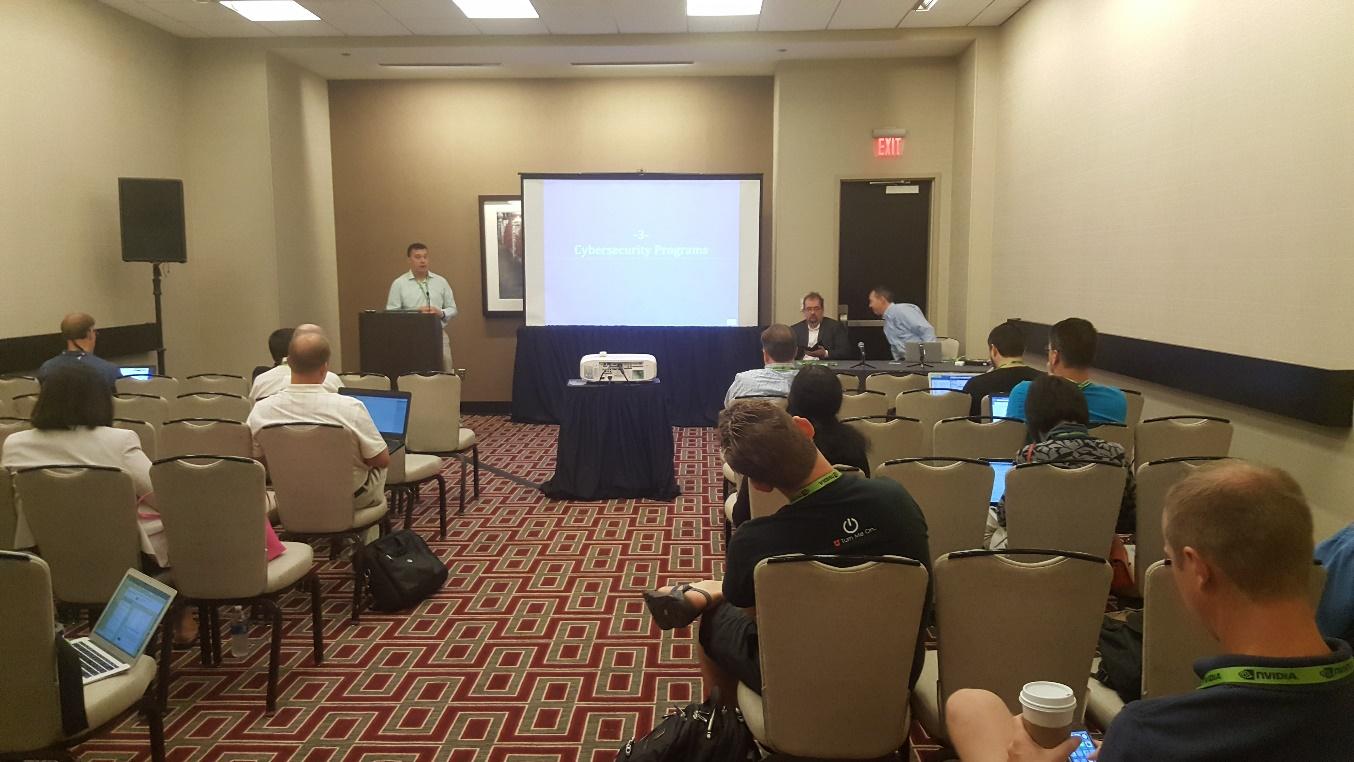
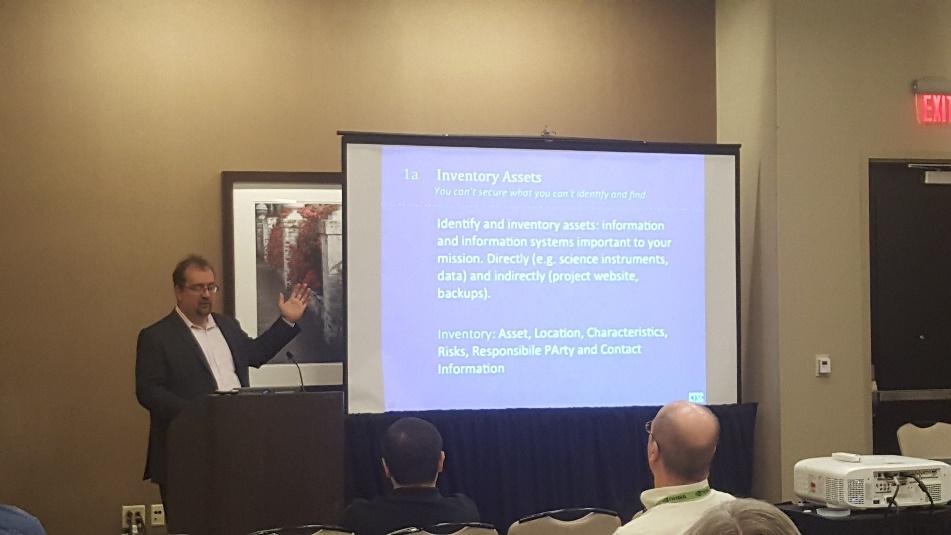
On Thursday July 13th, CTSC held a workshop on trustworthy scientific cyberinfrastructure at
PEARC 2017 in New Orleans. CTSC PI Von Welch Started the day with an overview of NSF Cybersecurity Center of Excellence, including CTSC’s mission, vision, and engagements. Co-PI James Marsteller introduced the cybersecurity challenges for smaller projects and its impact on science, followed by Co-PI Jim Basney presenting the key aspects that define a cybersecurity program.
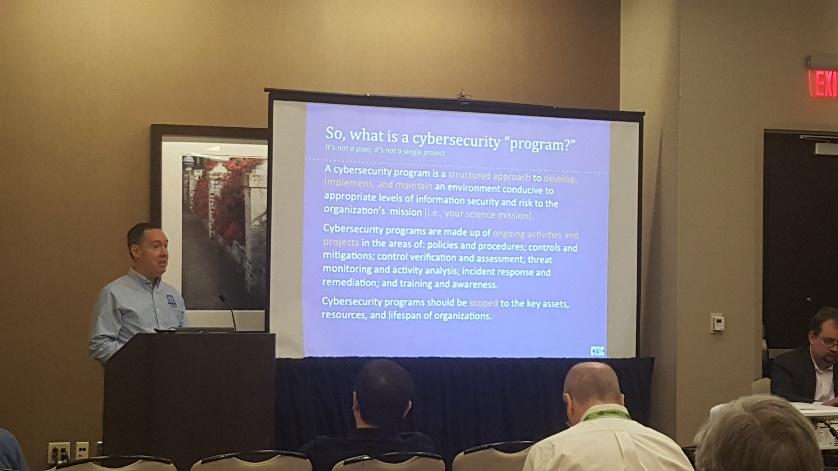

In the second session,
XSEDE’s Nancy Wilkins-Diehr introduced the Science Gateways Community Institute (
SGCI), which was established to provide solutions for sustaining science gateways. Von followed with a presentation on security for science gateways, concentrating on three key aspects: secure software development, identity and access control management, and operational cybersecurity. The remainder of the session was dedicated to lightning talks from workshop attendees.
Internet2’s Florence Hudson presented on cybersecurity research transition to practice (TTP) acceleration; a concept aimed at accelerating transitions from NSF-funded late-stage cybersecurity research into research and education environments. Tom Barton (also of Internet2) discussed the globally federated system and what support is needed for research activities. He presented a summary of the current state of
eduGAIN, which connects different national federation systems across the globe. And lastly, University of Pittsburgh’s Brian Stengel presented the NSF project Towards Security Assured Cyberinfrastructure in Pennsylvania (
SAC-PA), which brings PA-based campus CI-practitioners, IT, and security professionals together to facilitate beneficial relationships in the region.
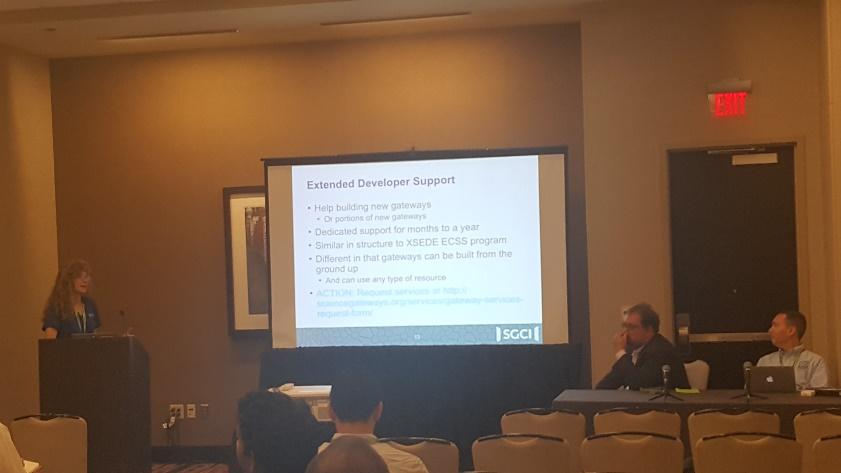
Slides from the workshop, as well as many more CTSC training materials, are available on
our website.
